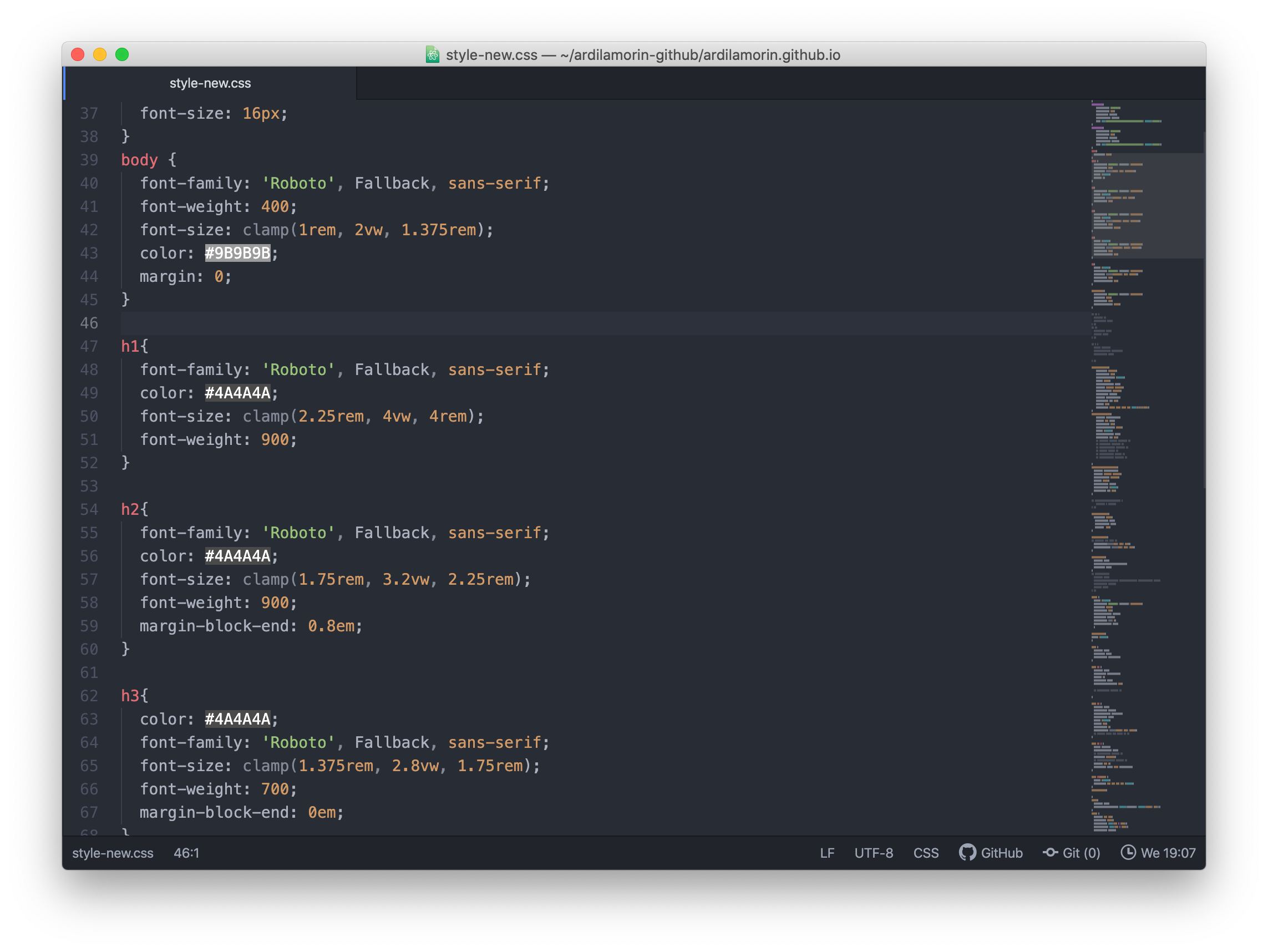
Every design tool builds a “new” rapid prototyping, hand-off, or versioning feature from scratch. If you critically assess all the tools for UI design these days, you’ll find out that their feature set is pretty much the same. Unfortunately, while there is an evident need for collective work the design tool market doesn’t respond accordingly. The roles of the designer and the front-end developer will soon intersect and blur completely. With all the new design roles springing up, I believe that the roles of the designer and the front-end developer will soon intersect and blur completely because everyone will be more involved in various parts of the process of launching a new screen (or digital if you like) product, service or a presentation.
#COULD I USE REM AND EM IN AVOCODE CODE#
The complexity of code has first required a second pair of eyes for a code review and then versioning systems for simultaneous development.Īs the screen design industry becomes more complicated (responsiveness, interactions…) designers are adopting developer practices like smart components, or versioning. I think that developers have found out that collaboration is vital early on - before UI designers. That’s why I always respond that the magic ingredient is collaboration. The most frequent question I get as a designer: What is the key ingredient to great design? After 10 years in this industry, I don’t recall working on a successful project that I would design from top to bottom. What’s more, using viewport units enables you to easily design your text to always remain at a comfortable line length, then have that experience scale upwards or downwards as your resolution adjusts.How could the design industry innovate faster? Implementing an adaptive design will, in most cases, require the addition of multiple media queries, with specific values that must be pixel perfect.

Additionally, using viewports over fixed units poses the additional advantage of being easier to implement and maintain.

The advantage is obvious from an aesthetic standpoint – a fluid design simply looks better. A responsive design will automatically adjust its size as your viewport changes, whereas an adaptive design will correct itself once your viewport reaches a specific size, thanks to the use of media queries. Simply put, by implementing viewport units correctly, you can create a fluid responsive effect that is quite different from a simple adaptive website. What’s the Advantage of Using Viewport Units? Should you attempt to set the width of an element to a value of 100vw, it would force a horizontal bar to appear, since you’d be lightly stretching your viewport. Interestingly enough, browsers actually calculate the entire browser window when it comes to width, meaning they factor the scrollbar into this dimension. To make a long story short – should you ever find yourself perusing someone else’s CSS and come across these relative units, you’d do well to direct them to the nearest mental health institution. 8 pixels or a 6-point font), and character units use the measure of the ‘0’ character as their reference point. X-height, for example, uses the size of a lowercase ‘x’ to determine its base value, which is roughly equal to 0.5em (i.e. We also have ex (x-height) and ch (character units), which are even less common than vmin and vmax – mostly due to how insanely specific they are. There are also a few more viewport units available for use (although they’re even less widely used than vw and vh), such as vmin (minimum viewport) and vmax (maximum viewport) which refer respectively to 1% of the viewport’s smaller dimension, and 1% of its larger dimension. Rem (short for ‘root em’) is also similar in its functionality, although it deals specifically with font sizes, and derives its name from the value of the font size of the root element – which should default to 16 pixels on most browsers. Vw (viewport width) and vh (viewport height) are length units that represent exactly 1% of the size of any given viewport, regardless of its measurements. vw, vh, and rem) into your CSS, you’re missing out.īefore we dive into incorporating these units into Divi to create fluid pages, let’s review exactly what makes them preferable over using regular measurement units. The one thing we can state with near absolute certainty is that if you haven’t yet begun to incorporate viewport units (e.g. Should you start your designs from a mobile standpoint and build your way up to regular viewports? Should you simply stick to adjusting your finished designs to mobile? It’s a complicated choice.Įveryone’s workflow is different, and chances are you’ve already developed your own approach to responsive design.
#COULD I USE REM AND EM IN AVOCODE HOW TO#
The real debate lies in how to best go about making your designs responsive. Hardly anyone would argue with that premise – unless they’ve been living in a cave for the past decade. Responsiveness in web design isn’t optional anymore.


 0 kommentar(er)
0 kommentar(er)
